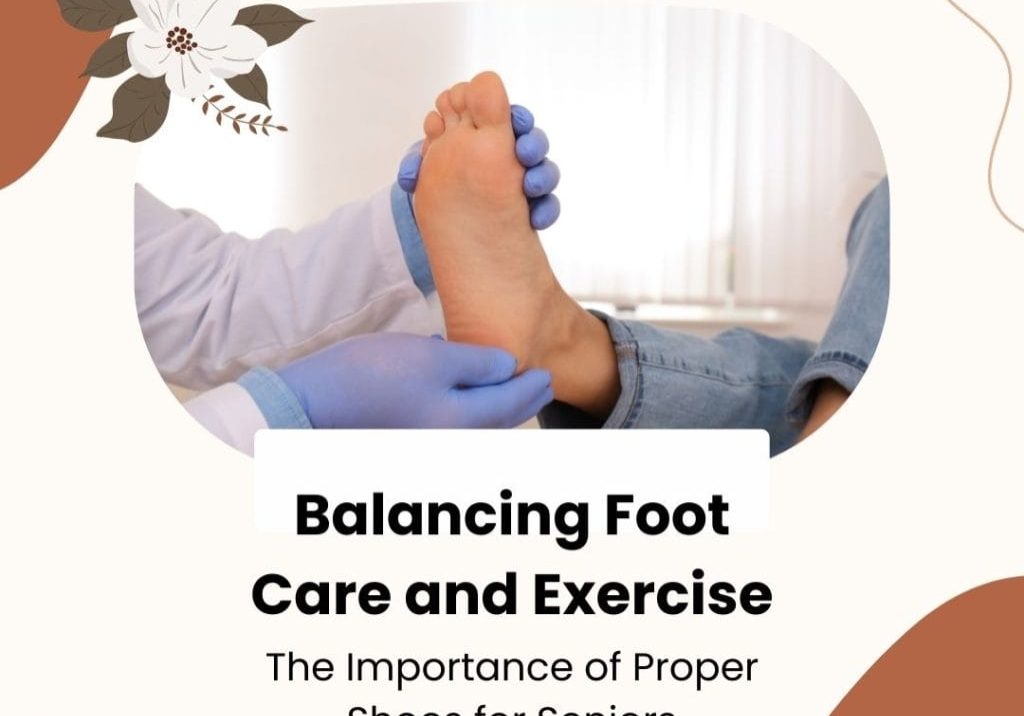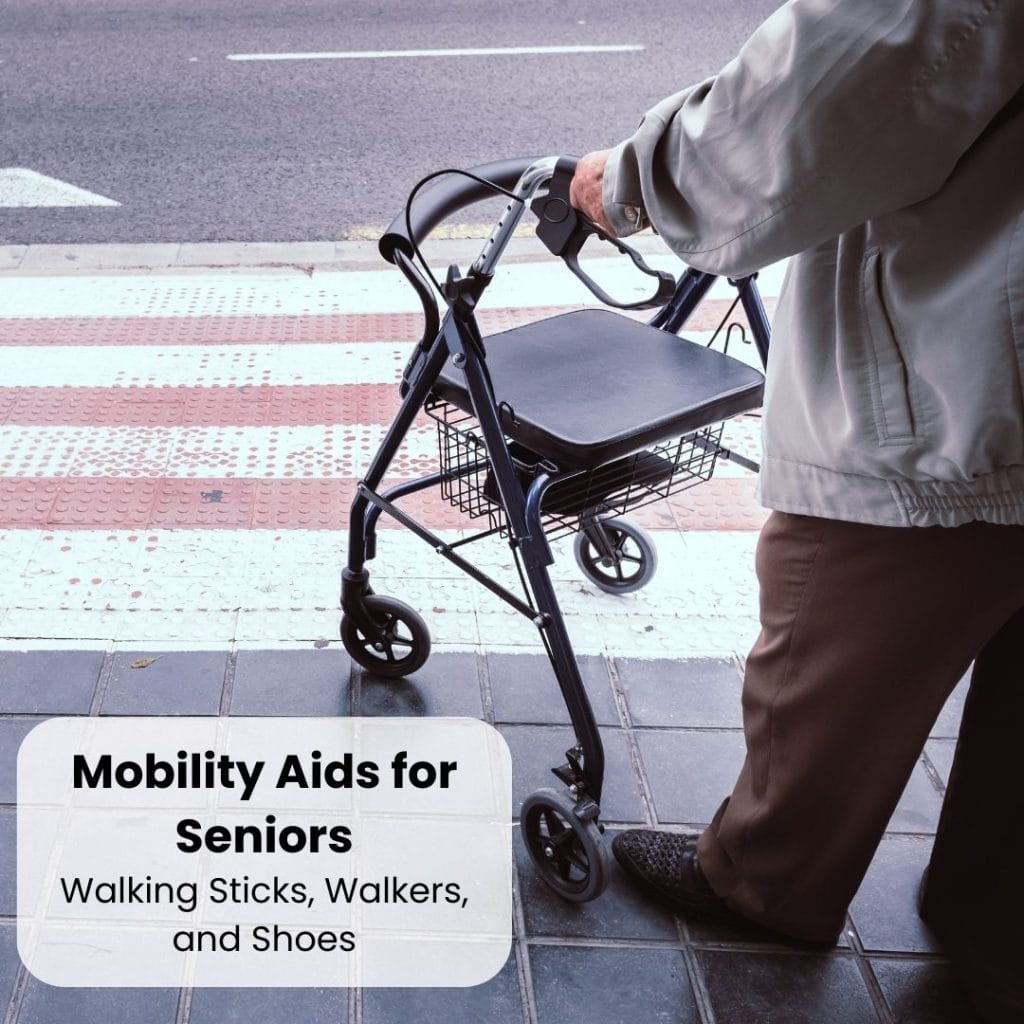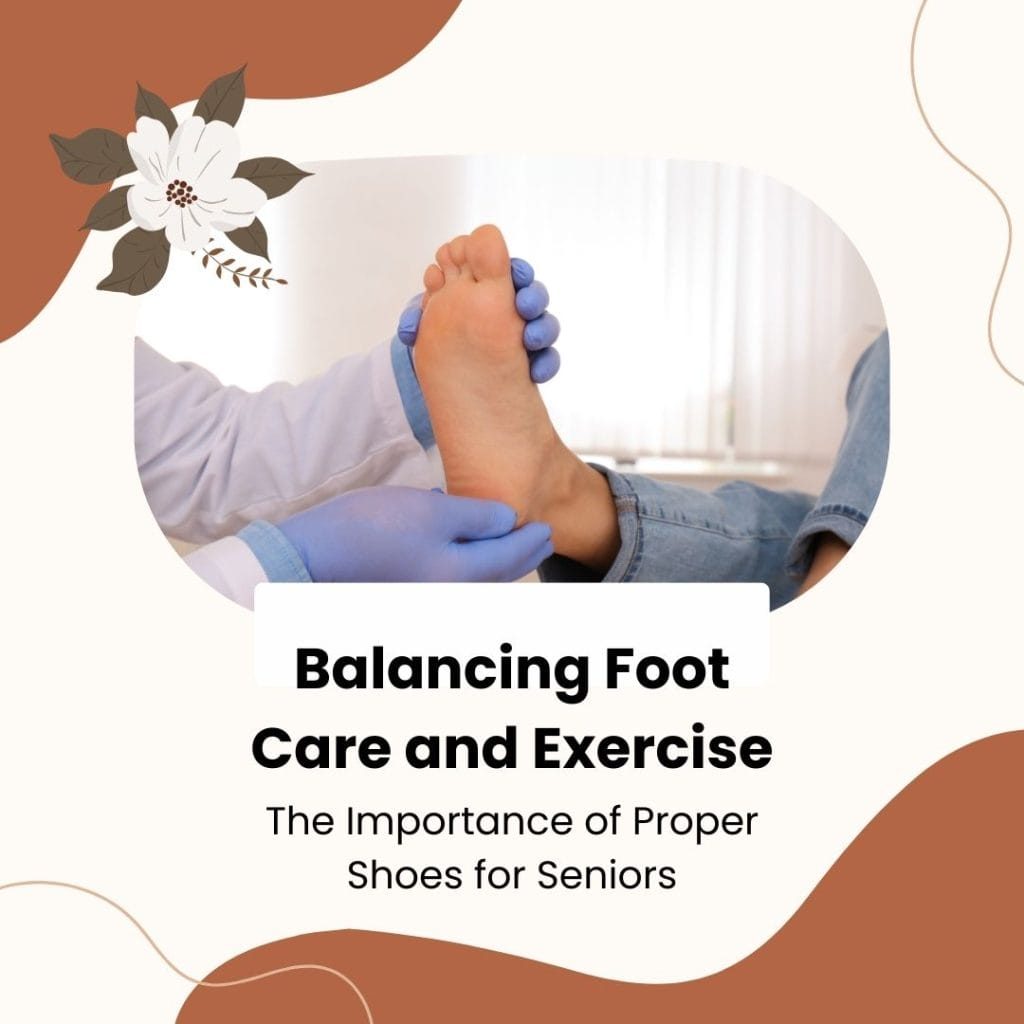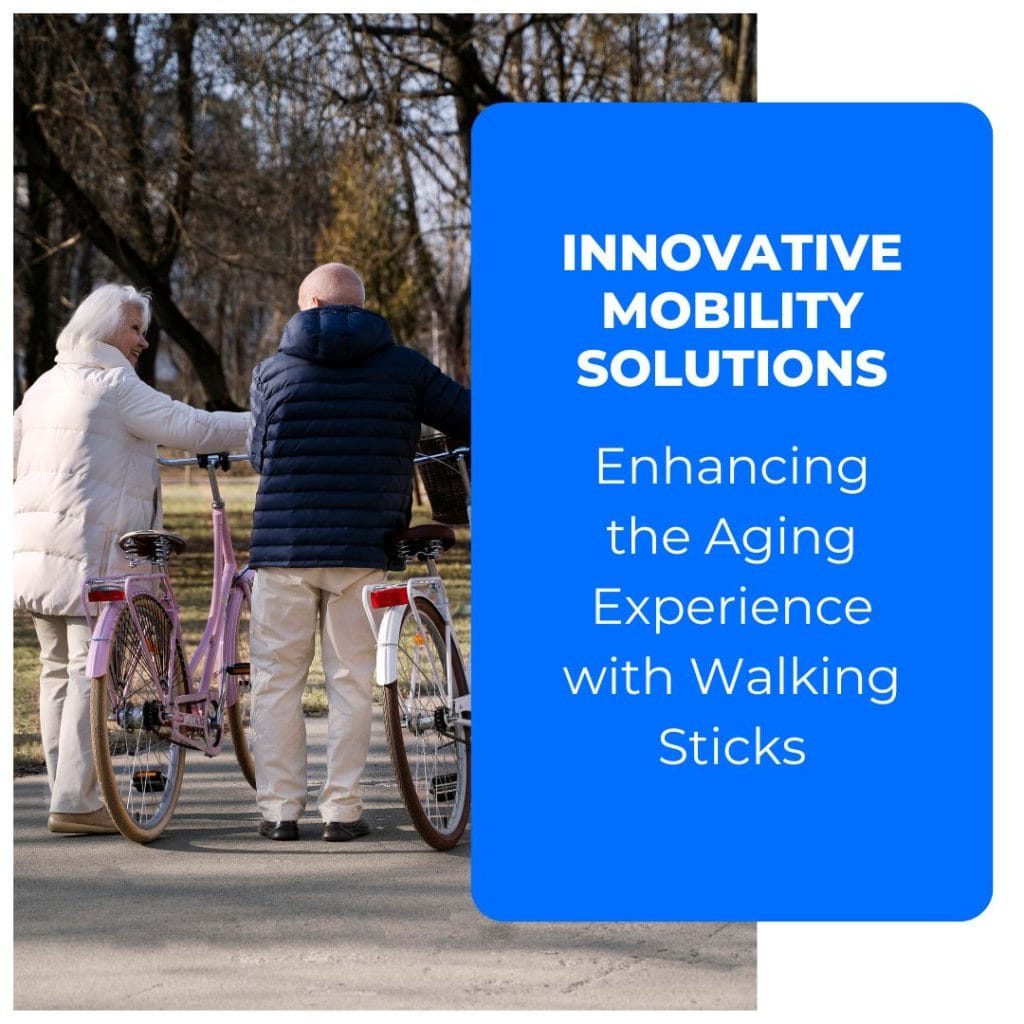Understanding and accepting the necessity of a walker can be a challenging process. Often, individuals purchase walkers with seats but delay unpacking them until they are psychologically prepared. Shifting your perspective on walkers from symbols of aging or disability to tools promoting independence and safety can be beneficial. Walkers can provide the essential difference between leading a sedentary lifestyle, which is linked to heart disease and other health issues, and actively participating in beloved activities.
Consultation before Purchase
Buying a walker isn’t akin to purchasing a new sweater. It’s crucial to engage in discussions with your doctor or a certified physical therapist about finding a walker tailored to your unique needs. Your physician should be able to provide a suitable recommendation.
Addressing Fear of Falling
Fear of falling shouldn’t be the sole reason for obtaining a walker. However, if you’re unstable on your feet, a walker can certainly reduce the risk of falls and improve overall safety.
Assessing the Need for a Walker
Balance issues or gait problems may be alleviated with the help of a walker. Nonetheless, it’s important to confirm the necessity of a walker before procuring one. Always ensure its use is beneficial and relevant to your personal situation.
Benefits of Walkers
Utilizing a walker, whether within the coziness of your residence or as you navigate your local community, presents enhanced stability and protection. This results in less physical exertion and facilitates increased mobility. For senior citizens, this can foster an improvement in both their physical health and psychological wellness.
Benefits for Physical Health
Walkers empower the elderly to reclaim the various health advantages of walking, even when they confront mobility challenges due to aging.
Walking: A Low-Impact Exercise
As a low-impact exercise, walking bears a significant influence on heart health and robustness.
Walking and Cardiovascular Health
Studies illustrate that even minor increments in walking activity can enhance blood circulation and decrease the risk of heart disease.
Walking for Diabetes
Walking may also diminish the likelihood of contracting Type 2 Diabetes, and if you are already a patient, it can be instrumental in managing blood sugar levels.
Walking: A Pathway to Maintaining Bone Health
Walking has also been associated with sustaining healthy bones, reducing the risk of fractures and ameliorating joint pain and stiffness.
The Role of Walkers in Health Improvement
All these benefits can be accessed by using a walker, establishing it as an excellent aid for elderly adults striving to enhance their physical well-being.
Mental Health Benefits
Walkers for seniors are not only instrumental in fostering physical health but also contribute significantly to psychological well-being. Extensive research indicates that activities like walking can bolster brain function and prolong cognitive capabilities in older adults.
Walking and Mental Health
Evidence suggests that walking tremendously aids in alleviating symptoms of mental health issues such as depression and anxiety.
Walker Usage: An Antidote for Loneliness and Isolation
For seniors grappling with feelings of loneliness or isolation, engaging in walks using a walker can provide invaluable opportunities for social interaction.
Walkers: A Gateway to Independence
The use of walkers can significantly contribute to maintaining independence among seniors. They enable individuals to carry on with many of their favorite activities, despite potential mobility restrictions.
Varieties of Basic Walkers
There is a diversity of basic walkers available, which primarily include four-legged models equipped with rubber feet. To advance these walkers, lifting is required.
Enhancement for Effortless Mobility
For a smoother mobility experience without the need to lift, these walkers can be either retrofitted or purchased with particular enhancements. These could include back glides and front wheels, or even wheels on all four legs, which is typically referred to as a rollator.
Specialized Rollator Designs
Some rollator designs have a distinct three-wheel triangular format, which significantly improves indoor maneuverability.
Choosing the Ideal Model
The best-suited model for an individual depends on a multitude of factors including, but not limited to, gripping capacity, strength in the upper and lower body, and weight.
Wheels and Control
While wheels contribute to smoother movement, they necessitate the ability to control the walker to prevent it from getting ahead of you.
Importance of Expert Opinion
Seeking advice from an expert can be invaluable in making an appropriate selection.
Walkers Vs. Rollators
While walkers and rollators both aim to provide mobility assistance, there are several distinct characteristics that set them apart, even though the term ‘walker’ is frequently used interchangeably for both. So, what sets a walker apart from a rollator? The primary distinguishing feature is the presence of wheels. Traditional walkers are supported by four rubber-capped ‘legs’ or ‘feet’ that offer stability and allow the walker to remain stable without support. To move, all four legs remain grounded and the user must lift the walker. In contrast, a rollator, often termed as a rolling walker with a seat, comes equipped with wheels replacing legs and allows for forward movement without being lifted. Hybrid rolling walkers, resembling conventional walkers, feature two rear legs and a pair of front wheels. When lifted, the weight shifts onto the wheels, enabling easy and smooth movement.
Walkers Pros & Cons
Walkers offer numerous advantages to their users. Primarily, they are an excellent choice for individuals who need more balance and stability yet continue to possess decent walking abilities. These aids are designed to support a portion of the user’s body weight, making them perfect for those who require partial weight transfer during mobility. Walkers are generally more affordable than rollators, making them a budget-friendly mobility solution. The ease of adjustment that walkers provide enhances their accessibility for different users. Their compact size is a significant benefit when it comes to indoor usage, and they are light enough to be quickly lifted and transported, for example, into a car for trips. Many models have a folding feature, increasing their transportability, and some even come with a roll-up or folding seat. For those in need of temporary mobility aid, such as post-injury or post-surgery, walkers are an ideal option.
Cons of Using Walkers
Despite their numerous benefits, walkers do come with certain drawbacks. Maneuvering them can be challenging, as driving the device forward requires a significant amount of upper body strength to lift it. This could render walkers a less than ideal choice for individuals who have limited arm strength or mobility issues. Furthermore, the lack of adjustable height seats and limited storage options in most standard walkers can be a downside for some users.
Rollators pros and cons
Rollators present themselves as an excellent mobility aid option for individuals who maintain their balance but require frequent resting spots and need to carry essential items, such as oxygen tanks. They offer a wider range of features compared to traditional walkers. Key among them are adjustable height seats, allowing for personalized comfort, hand-operated brakes for controlled stopping and deceleration, and storage compartments for carrying necessities. Furthermore, the swivel wheels on a rollator significantly enhance maneuverability, permitting a faster pace of movement. This can be crucial for those keen on maintaining an active lifestyle.
Limitations of Using Rollators
While rollators extend a host of benefits, they do carry certain drawbacks. One of the most notable is their cost – rollators are typically more expensive as compared to walkers. Their larger size also makes them somewhat challenging to transport, even when considering models designed with folding capabilities. Besides, they demand more storage space, a factor that might be inconvenient for some users. Furthermore, rollators may not be a feasible solution for those struggling with balance issues or specific medical conditions, given their design and operation mechanism.
Sizes of Walkers
Selecting a suitable walker is a task that requires careful attention to size. A walker that is too large or too small can prove challenging to handle and may not offer the necessary support, although most models offer some degree of adjustability. It’s crucial to account for the user’s size (height and weight) and the dimensions of the spaces where the walker will be used. This includes considering the width of doorways, corridors, and other areas where you plan to navigate using the walker. Therefore, obtaining an accurate fit for a walker prior to purchasing is of utmost importance. If you intend to buy a walker or rollator from an online platform such as Amazon, it’s essential to ensure your measurements are precise to secure the right fit.
Sizing a Walker
To ensure your walker is the right fit, one must start by establishing their wrist height. This process involves standing naturally with your arms loose by your sides and measuring the distance between the floor and your wrist. The height of the walker’s handles or grips should be equivalent to this measurement.
Importance of Proper Walker Height
A walker should not necessitate an individual to bend over or stretch to reach its handles for efficient use. Instead, it needs to suit your stature, enabling you to walk upright with a regular stride, thereby preventing potential back and arm discomfort.
Understanding the Walker’s Support Role
Keep in mind that a walker does not function like a wheelchair, which supports your entire weight. Instead, it is designed to bear your leaning weight – providing enough support to facilitate safe, secure walking.
Weight of the Walker: A Vital Consideration
The weight of the walker is another significant factor. A walker that is overly heavy may pose maneuverability challenges, while one too lightweight may fail to offer the needed stability. Although most walkers come with an adjustable feature, certain scenarios might need walker sizes that fall outside the usual range.
Tall Walkers
Typically, the height of standard adjustable walkers varies between 22 and 36 inches. However, for taller individuals or those who find bending challenging, walkers that can be adjusted to 40 inches or more, often referred to as tall walkers for seniors, may be more suitable. These walkers usually feature broader bases, providing enhanced stability.
Short Walkers
If you stand at a height of 5’4″ or less, a petite walker might be your ideal choice. The lower horizontal bar on these walkers enhances their maneuverability for individuals of shorter height. Plus, they are typically lighter in weight, simplifying the task of lifting them for transport – a beneficial feature when you need to stow it in your vehicle for travel.
Narrow Walkers
Walkers with a slim design are specifically intended to offer both maneuverability in confined spaces and sufficient stability. Usually, these narrow walkers do not exceed a width of 20 inches, making them an optimal choice for individuals residing in compact homes or apartments.
Bariatric and Wide Walkers
Designed specifically for individuals with a body weight exceeding 300 pounds, or for those seeking a broader and more stable alternative, bariatric walkers are a robust solution. They are typically constructed from high-strength materials and have a width of approximately 30 inches, ensuring they can accommodate an increased weight limit.
Adjustability of a Walker
It is essential to find a walker that offers adjustable features, predominantly in its height. The ability to customize these features ensures a proper fit. Ideally, when you stand with your arms resting at your sides, the walker’s top should align with your wrist.
Avoiding Incorrect Posture
Correct positioning prevents the risk of adopting an incorrect posture such as leaning to one side or stooping over your walking aid. While in motion, your arms should exhibit a slight bend, placing your elbows at a comfortable angle. However, you should not have to lean forward from the waist to reach the walker.
Assessment of Walker Width
Some walker models offer the feature of adjustable width. This allows you to stand comfortably with your feet positioned between the walker’s back legs, which is the optimal position. Your feet should not reach the walker’s front bar.
The Potential Risks for Seniors Using Walkers
There exist documented instances of the elderly, notably those above 85 years, experiencing falls at home due to improper usage of walkers. These instances underscore the importance of proper walker handling.
CDC’s Recommendations for Safe Walker Usage
To mitigate these risks, the Centers for Disease Control and Prevention advocates for implementing walker safety protocols. This includes consulting with professionals to learn the correct usage of walkers and how to adjust them to your height.
Learning Opportunities Beyond Office Visits
Beyond customary office visits, it is advisable to seize learning chances provided by events such as health fairs to further understand walker usage.
Walking Correctly with A Walker: Preliminary Guidelines
Adequate knowledge of how to walk correctly with a walker is paramount, although it should not replace professional instructions. Keep in mind these guidelines:
- Maintain an upright posture while walking to safeguard your back and avoid hunching.
- As you step into the walker with one foot, ensure it remains stationary, and avoid stepping too close to its front.
- Simultaneously, don’t push the walker too far ahead of you.
- Bring your second foot inside the walker.
- Move the walker forward and repeat this process, stepping with one leg at a time.
- Execute turns carefully: use small steps and take your time.
Conclusion
In conclusion, routine inspection of your walker for signs of wear is pivotal. Many components, such as the rubber foot caps, wheels, and glides, can be replaced if needed. When it comes to purchasing new wheels, it’s crucial that you remember to note the wheel width before making an order. Also, take the time to determine whether a specific brand is required or if a universal design will suffice. This practice ensures the longevity of your walker and guarantees its optimal performance for your safety and mobility.










